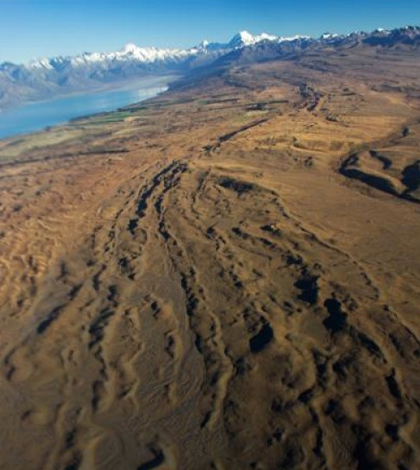New data challenges long-held theory of ice ages

Scientists took a close look at moraines to study glacier formation. (Credit: Aaron Putnam)
It was a well-established belief in the scientific community that ice ages are caused by cyclic changes in the Earth’s orbit. According to a recent press release from researchers at Dartmouth College, however, data from an international collaboration of climate scientists suggests that only the northern hemisphere was influenced primarily by perturbations in the Earth’s orbit. The southern hemisphere seemed largely influenced instead by sea surface temperatures and atmospheric carbon dioxide levels.
The established theory on the formation of ice ages holds that the movement of Earth’s ice fields results from expansions and contractions following changes in solar radiation intensity due to orbital changes. The theory predicts that fluctuations in the Northern hemisphere would be experienced in the opposite way in the Southern hemisphere.
However, using detailed mapping techniques and beryllium-10 dating of ice age moraine rocks, scientists were able to show that glaciers formed all over the globe at around the same time, defying predictions that opposite trends should be seen for upper and lower hemispheres.
The scientists also hope to use the data to understand climate feedback mechanisms where temperature changes can trigger more temperature changes in surrounding areas.
Top image: Scientists took a close look at moraines to study glacier formation. (Credit: Aaron Putnam)




0 comments